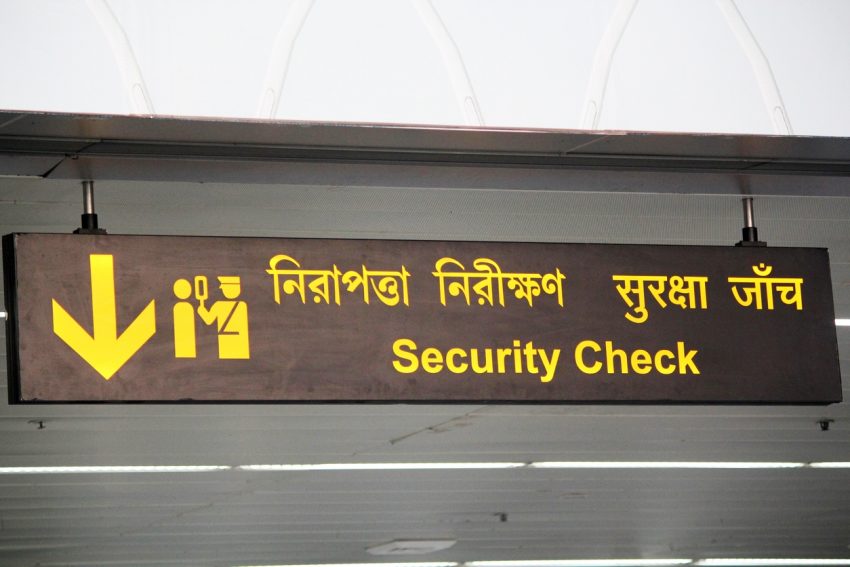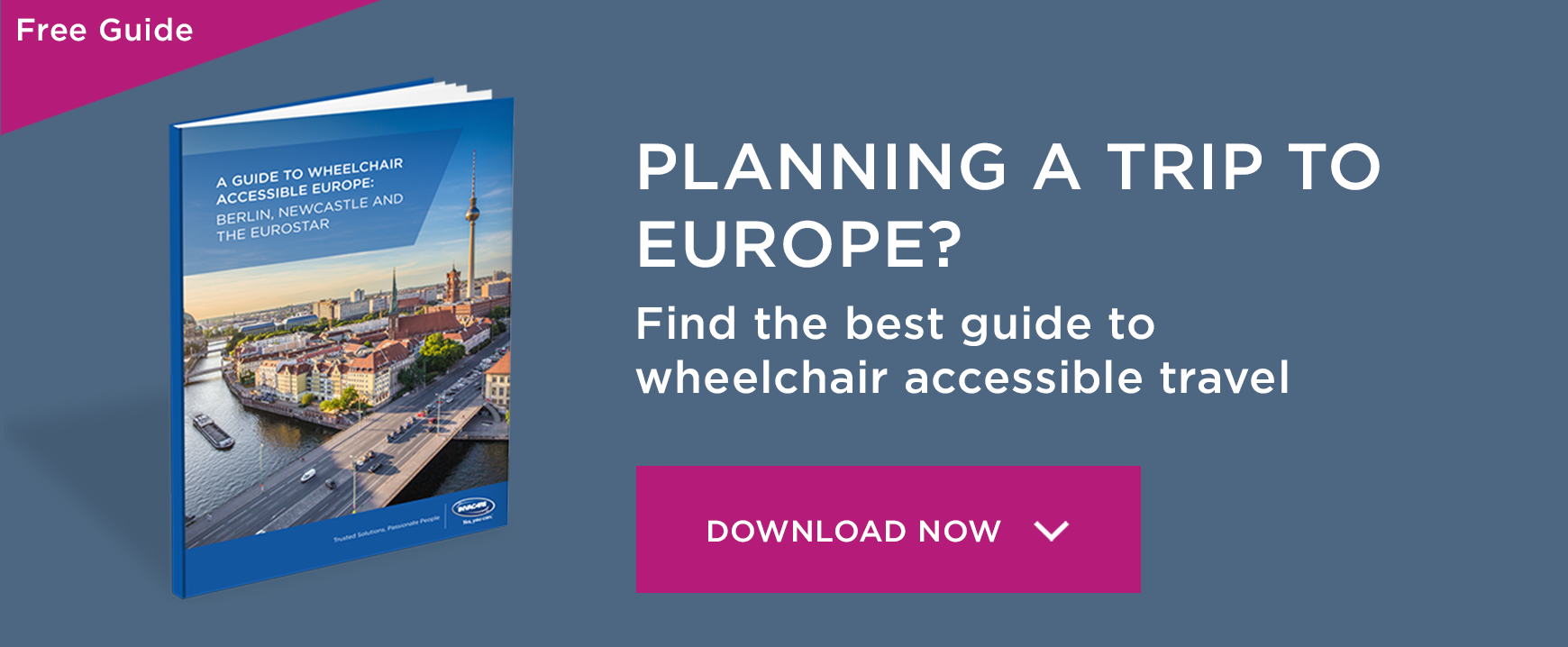How To Make a Smooth Trip Through Airport Security In A Wheelchair

Going through airport security can be stressful for anyone. The lines are long, and there are lots of regulations. But it can be especially difficult for someone who uses a wheelchair.
Before taking your next airplane trip, check out these tips to help you know what to expect and how to have a smoother experience.
Wheelchairs
First of all, you will not have to get out of your wheelchair- so don’t worry! If you are unable to stand, you can stay in the chair for your entire trip through security.
If you are able to stand or walk for a short distance, you may choose to walk through the scanners and then get back in your wheelchair as soon as you’re on the other side.
If you have to stay in your chair the entire time, security may choose to use a “pat down” screening. This should be done by an officer that is the same gender as you, which means you may have to wait until they are available. If you are uncomfortable with anything that is going on, you have the right to say so. You can also ask to have the pat down done in a private place, with two officers present.
Let The Officers Know What To Expect
Before your screening, make sure the officers know what you can or cannot do, and make them aware of any relevant health conditions. For example, if you can’t raise your arms or move parts of your body, let them know. If you have pain anywhere and they need to be careful touching you, also let them know ahead of time. Sometimes officers may use a hand-held magnetic wand. If you have any metal in your body, you need to report that.
Your wheelchair will also go through a screening. This may include all parts of the chair- cushions, frame, and any removable bags or storage pouches. If you are carrying necessary medical supplies on your chair, make sure the officers know. Also, before you go through security, check your wheelchair bags to make sure you haven’t forgotten and left any forbidden items.
Hand Luggage
The EU has rules about what can be carried in your hand luggage. Containers must have no more than 100ml of fluids in them. Any larger containers must be packed in your hold luggage. These small containers must also be kept together in a clear plastic bag.
According to EU security rules, “Essential medicines, as well as babyfood and milk are permitted in quantities larger than 100 ml, but only for use during the trip and you may be requested to prove its authenticity.”
Other items that cannot be packed are sharp items such as razor blades, knives with blades of more than 6 cm, and scissors with blades of more than 6 cm as measured from the fulcrum. So when you are packing, make sure you have not forgotten and left things like knives or scissors in with your medical supplies.
Hold Luggage
If you need to bring any of these forbidden items with you, you can pack them in your hold luggage. Hold luggage can contain almost anything except for items that can explode. Aerosol cans should not be packed in hold luggage for this reason.
Here is the list of things that EU security prohibits:
- ammunition,
- blasting caps,
- detonators and fuses,
- mines, grenades and other explosive military stores,
- fireworks and other pyrotechnics,
- smoke-generating canisters and smoke-generating cartridges,
- dynamite, gunpowder and plastic explosives.
Traveling Outside The EU
Each country is going to have its own regulations for airport security. If you are traveling outside the EU, you should do a Google search on “airport security” and then the country name. In the United States, the Transportation Security Administration (TSA) is in charge. If you have questions about what to expect from the TSA, you can call the TSA Cares Help Line at 1-855-787-2227.
Author: Annie Beth Donahue is a professional writer with a health and disability focus.








